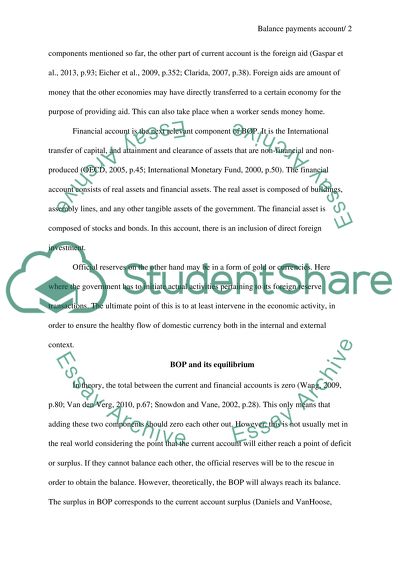Cite this document
(The Balance of Payments and Borrowing Constraints Literature review, n.d.)
The Balance of Payments and Borrowing Constraints Literature review. Retrieved from https://studentshare.org/macro-microeconomics/1629905-discuss-in-detail-the-components-of-the-balance-of-payments-account
The Balance of Payments and Borrowing Constraints Literature review. Retrieved from https://studentshare.org/macro-microeconomics/1629905-discuss-in-detail-the-components-of-the-balance-of-payments-account
(The Balance of Payments and Borrowing Constraints Literature Review)
The Balance of Payments and Borrowing Constraints Literature Review. https://studentshare.org/macro-microeconomics/1629905-discuss-in-detail-the-components-of-the-balance-of-payments-account.
The Balance of Payments and Borrowing Constraints Literature Review. https://studentshare.org/macro-microeconomics/1629905-discuss-in-detail-the-components-of-the-balance-of-payments-account.
“The Balance of Payments and Borrowing Constraints Literature Review”, n.d. https://studentshare.org/macro-microeconomics/1629905-discuss-in-detail-the-components-of-the-balance-of-payments-account.


